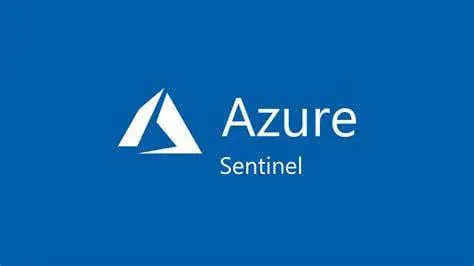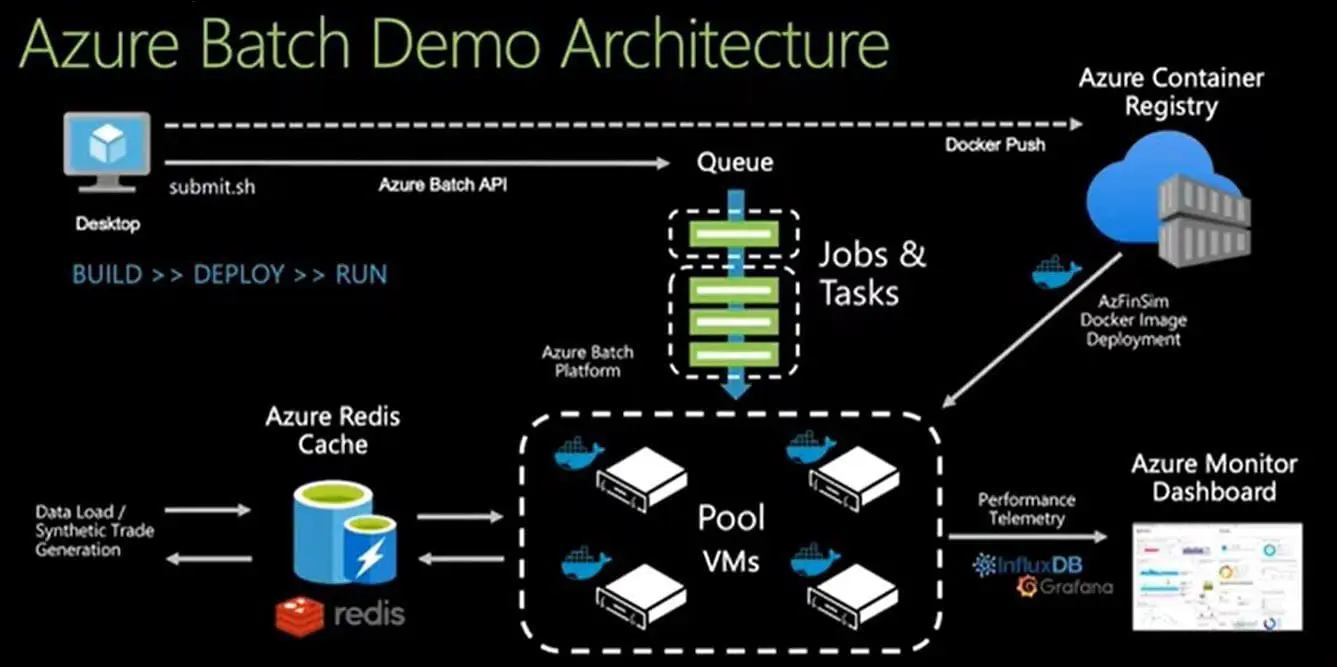 In today’s digital world, protecting an organization’s information and assets from cyber threats has never been more critical. The rise in cyber attacks and security breaches has made it crucial for organizations to have a centralized platform to manage their security operations and respond to incidents promptly and effectively. That’s where Azure Sentinel comes in.
In today’s digital world, protecting an organization’s information and assets from cyber threats has never been more critical. The rise in cyber attacks and security breaches has made it crucial for organizations to have a centralized platform to manage their security operations and respond to incidents promptly and effectively. That’s where Azure Sentinel comes in.
Azure Sentinel is a cloud-native Security Information and Event Management (SIEM) solution provided by Microsoft Azure. It provides a comprehensive security solution that integrates with existing security tools and cloud services to provide a complete view of an organization’s security landscape. Azure Sentinel is designed to help organizations quickly detect, investigate and respond to security threats and streamline their security operations.

One of the key benefits of Azure Sentinel is its ability to provide a unified view of security events from various sources. It can collect data from on-premises, cloud, and hybrid environments and a wide range of security tools and services. This data is then aggregated and analyzed in real-time to provide organizations with a complete picture of their security posture. Azure Sentinel also uses machine learning algorithms to identify patterns and anomalies and to detect threats that might have gone unnoticed.
Another essential feature of Azure Sentinel is its ability to automate security workflows. It provides a flexible and powerful security automation and orchestration platform that enables organizations to respond to incidents quickly and effectively. Azure Sentinel provides built-in playbooks and pre-configured security workflows that specific events or conditions can trigger. Organizations can also create custom playbooks to automate their security operations.
In addition to its capabilities, Azure Sentinel is highly scalable, allowing organizations to manage security operations at any scale. It is built on Microsoft Azure, which provides a highly scalable, secure, and reliable platform for security operations. Azure Sentinel is also designed to be cost-effective, providing organizations with a cost-effective solution for managing their security operations without significant investments in hardware or software.
In conclusion, Azure Sentinel provides organizations with a comprehensive and centralized security solution that integrates with existing security tools and cloud services to provide a complete view of an organization’s security landscape. With its ability to detect and respond to threats quickly and effectively, automate security workflows, and provide a cost-effective solution, Azure Sentinel is the future of SIEM. Azure Sentinel is a solution worth considering if you’re looking to enhance your security posture and streamline your security operations.
Until next time, Rob

